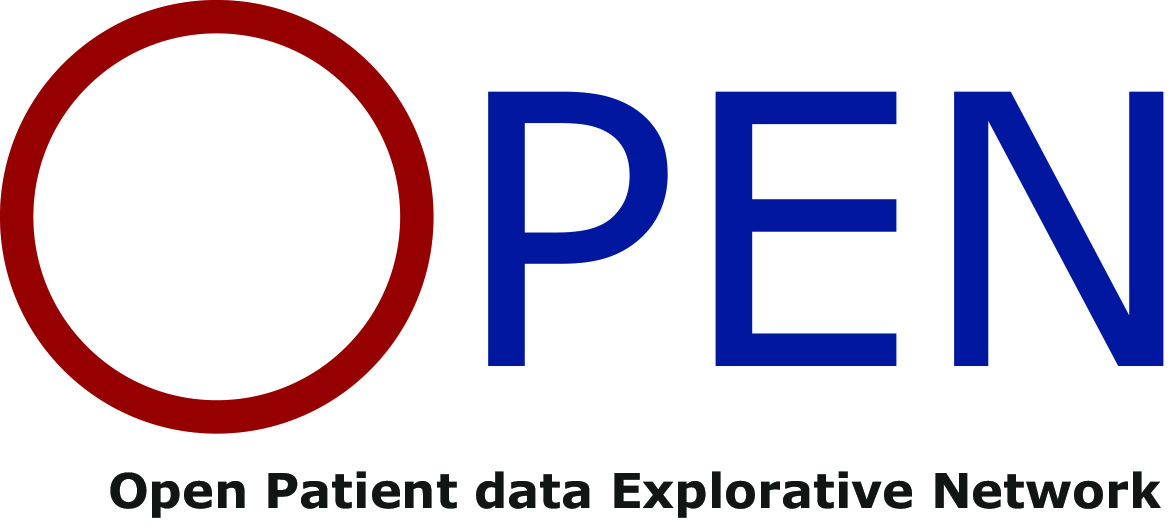
Medicine-student
Magnus Le Rosenørn Eskesen
Department of ENT, Odense University Hospital
| Project management | ||
| Project status | Open | |
| Data collection dates | ||
| Start | 01.09.2025 | |
| End | 01.01.2026 | |
Evaluated residual and recurrence rate of cholesteatoma based on the extent of the cholesteatoma and the surgical approach
Short summary
With our study, we aim to investigate how both the recurrence rate and the residual rate of cholesteatoma can be reduced. In the study, the extent of the cholesteatoma will be classified according to the MOD-POT system, which stages cholesteatoma from 1 to 5. In addition, we will categorize the choice of surgical approach according to the SAMEO-ATO classification. Our study population will consist of first-time surgery patients with subsequent recurrence, operated at Odense University Hospital.
Rationale
Cholesteatoma is a rare disease in which an accumulation of skin cells from the ear canal ends up in the middle ear, where, due to its osteolytic properties, it can erode bone tissue. The only treatment is surgical removal of the cholesteatoma tissue, which is commonly performed by mastoidectomy. Mastoidectomy can primarily be classified based on whether the posterior wall of the ear canal is preserved or removed, referred to as "canal wall up" (CWU) or "canal wall down" (CWD). CWD improves visualization and access to the middle ear, allowing for easier removal of all cholesteatoma tissue and reducing recurrence rates. The challenge with CWD is that it leaves behind a large cavity, which is associated with chronic ear discharge, reduced hearing restoration, and dizziness. The risk of such complications is reduced with CWU compared to CWD, since the anatomy of the external ear canal is preserved. In mastoidectomy procedures, mastoid obliteration (MO) of the mastoid and epitympanum is now increasingly used. This involves reconstruction of the mastoid using biological or synthetic materials such as bone dust, fat, muscle flaps, cartilage, and hydroxyapatite. Studies have shown that with MO, recurrence rates for cholesteatoma and related complications are reduced.
Description of the cohort
The study will be a retrospective cohort study, in which data will be collected through surgical notes concerning cholesteatoma surgeries performed at Odense University Hospital (OUH), for which approval must be obtained. These records can be identified via the specific diagnosis code. We aim to review notes from 2010-2022 to ensure a sufficient number of cases, thereby achieving more reliable recurrence rates. Cholesteatomas operated on after 2022 will not be included, as sufficient time must have passed to rule out recurrence.
Data and biological material
Surgical data and characteristics from patient journal and national registries.